
How manage invasive buckthorn in urban and rural forests Plant Care
Plants & Trees - Common Buckthorn. Ohio Department of Natural Resources. Division of Forestry. Academic. MontGuide - Common Buckthorn. Oct 2018. Montana State University Extension.. Invasive Species Centre (Ontario). Citations. Integrated Taxonomic Information System. Rhamnus cathartica. [Accessed Aug 26, 2023].

How manage invasive buckthorn in urban and rural forests Plant Care
What you can do Common buckthorn (also known as European buckthorn) is a small shrub or tree native to Eurasia. It was introduced to North America in the 1880s as an ornamental shrub and was widely planted for fencerows and windbreaks in agricultural fields. Since then it has spread aggressively throughout southern Ontario and in other provinces.
Common Buckthorn Ontario's Invading Species Awareness Program
Distinctive features: Shrub; Roundish, deeply veined leaves. Thorns at end of stems. Similar species: • Alder-leaved Buckthorn (Rhamnus alnifolia) - grows in very wet areas. • Glossy Buckthorn (Frangula alnus) - grows in wet areas, but not as wet. • Alternate-leaved Dogwood (Cornus alternifolia) Flowers: Summer; Greenish-yellow.
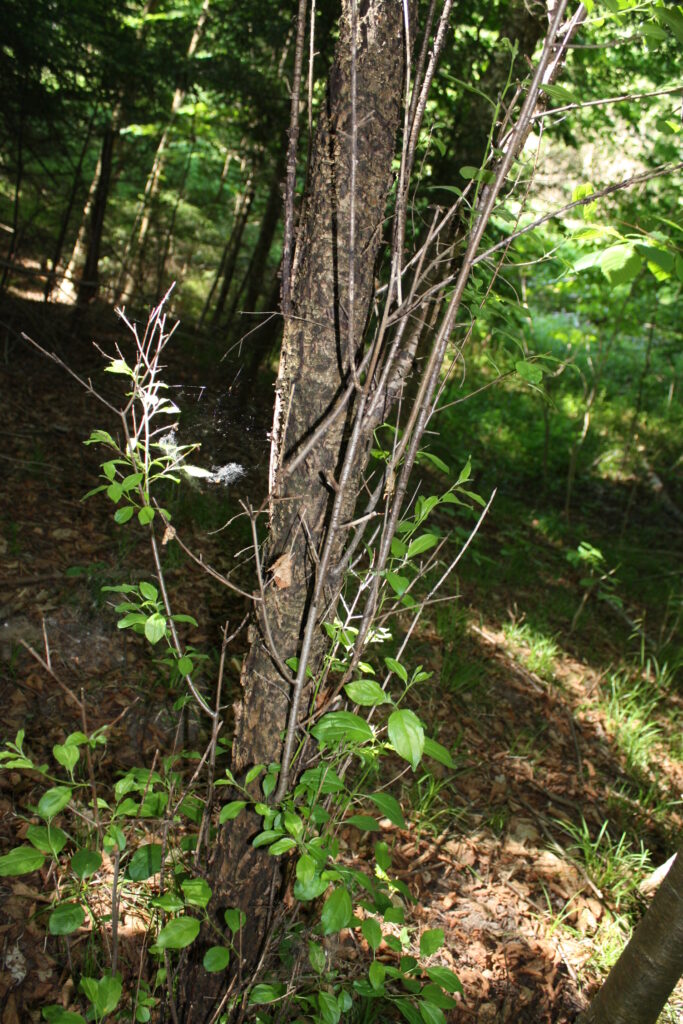
Buckthorn Ontario Invasive Plant Council
A small tree or shrub with bluish-black berries, European Buckthorn (or Common Buckthorn) and Glossy Buckthorn were originally planted in Ontario to use for windbreaks and along fences in the late 19th century. Hardy and able to survive in poor soil conditions, it became a choice plant of farmers and gardeners. What Is it?
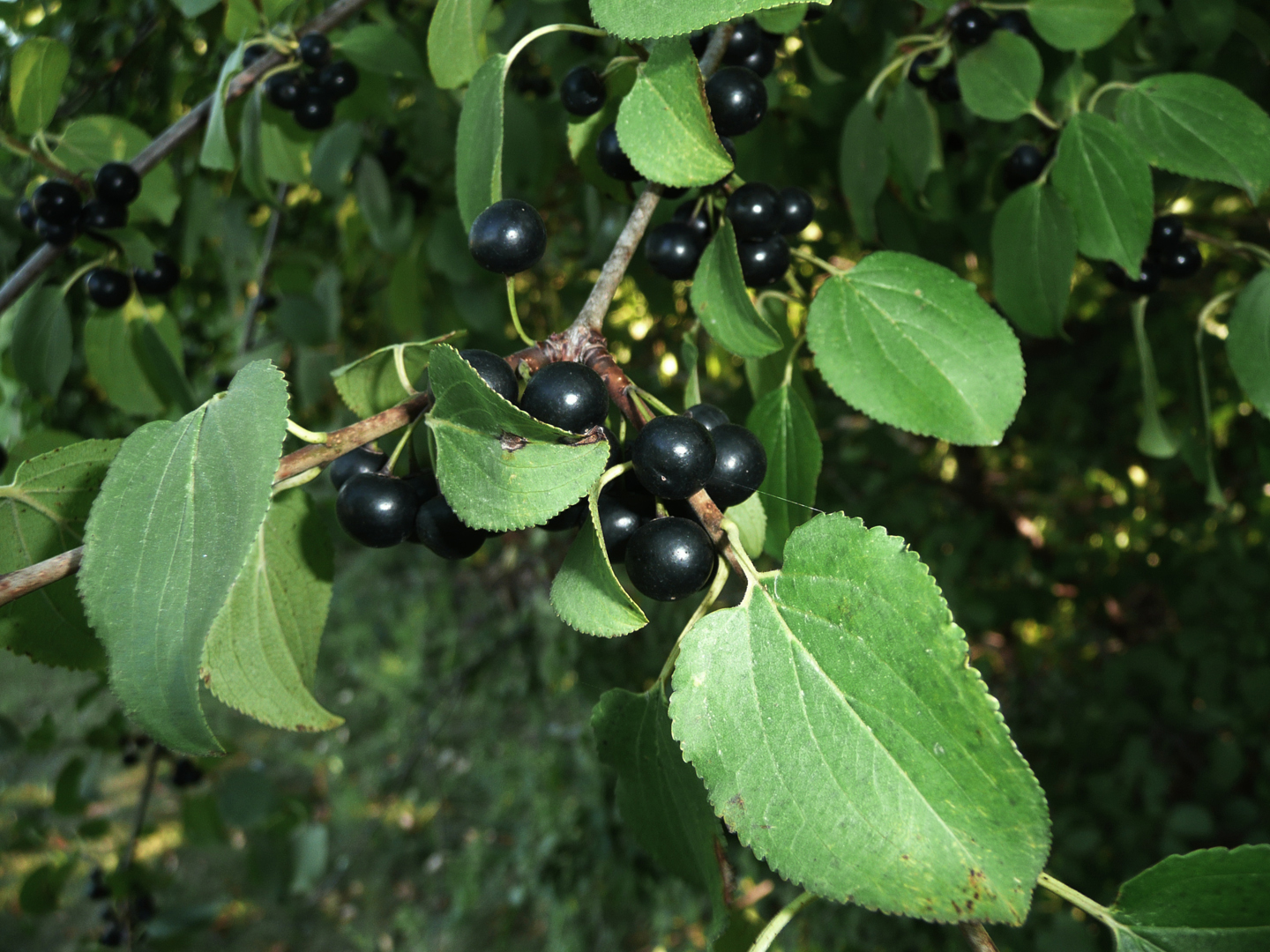
Common buckthorn (Rhamnus cathartica) Credit Valley Conservation
It was likely introduced around the 1880s, becoming widespread in the early 1900s. This species was often used in hedgerows and windbreaks, and was widely planted across the country. Common Buckthorn is of concern to the agricultural community because it can host oat crown rust and soybean aphid, both of which reduce crop yields.
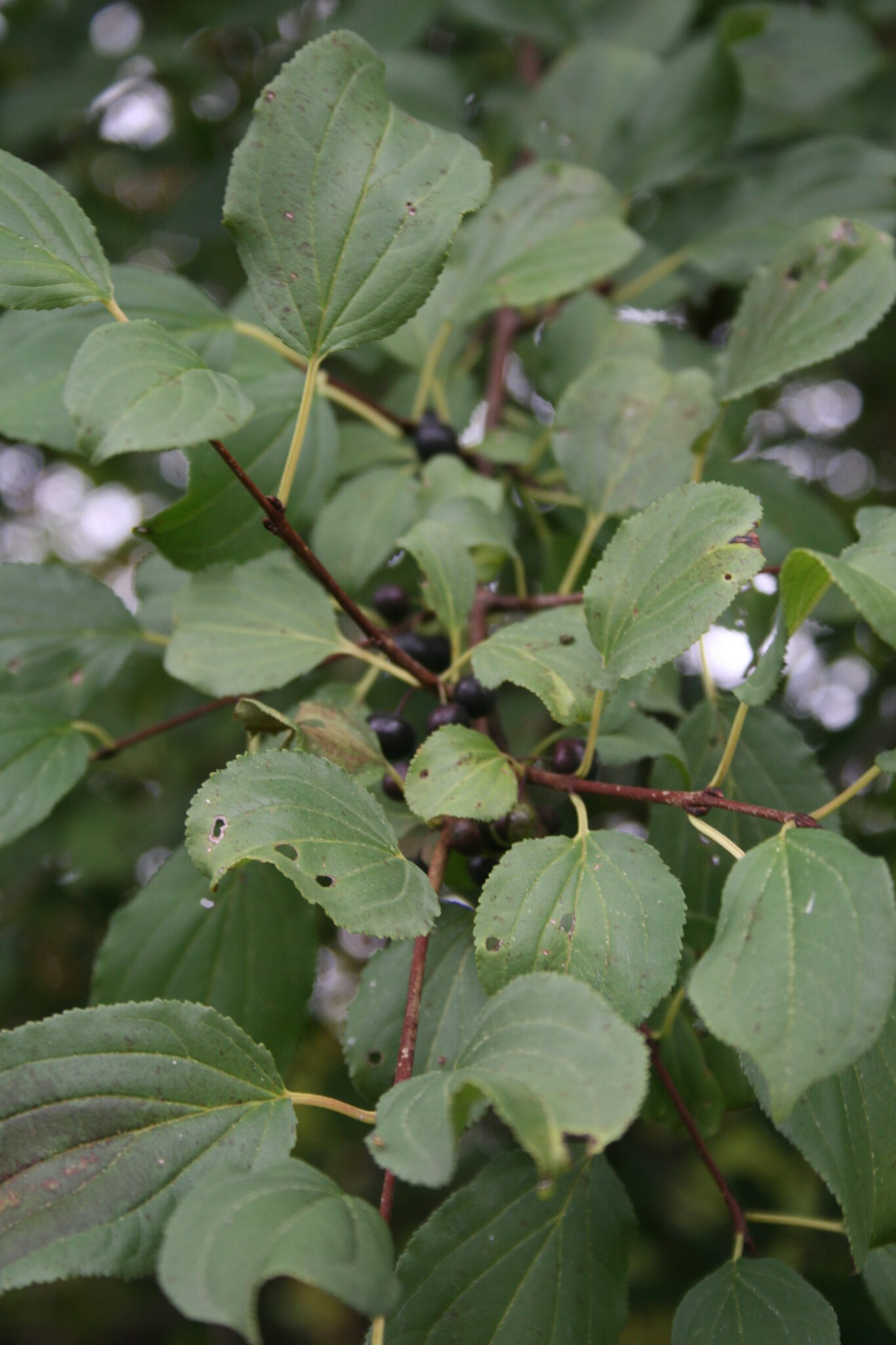
Buckthorn Ontario Invasive Plant Council
Common buckthorn (also known as European buckthorn) is a small shrub or tree native to Eurasia. It was introduced to North America in the 1880s as an ornamental shrub and was widely planted for fencerows and windbreaks in agricultural fields. Since then it has spread aggressively throughout southern Ontario and in other provinces.
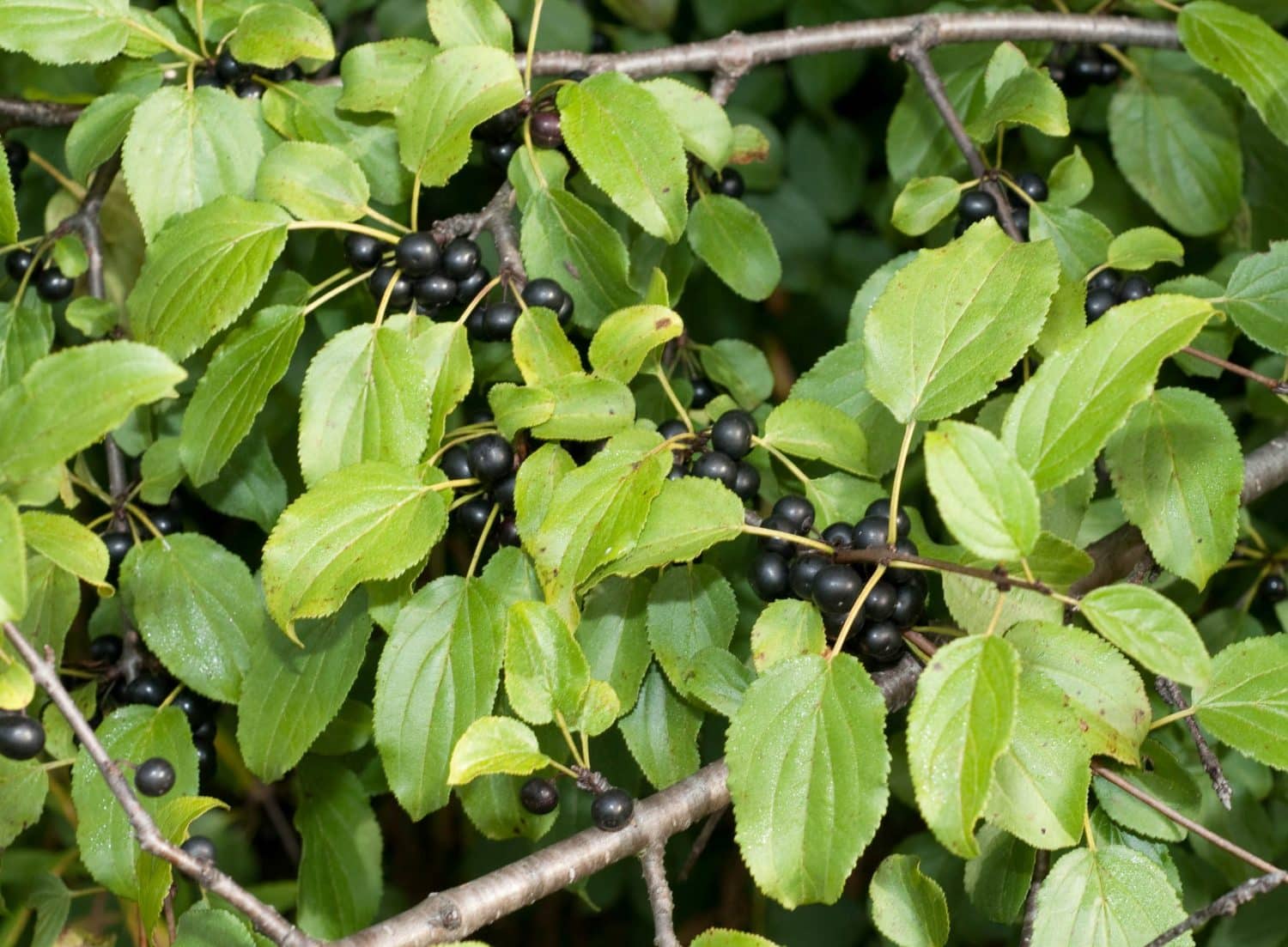
Buy Buckthorn Trees & Hedges Common Buckthorn (Rhamnus Cathartica
In Ontario, There are two types of Invasive Buckthorn species; the common Buckthorn (Rhamnus cathartic) and the Glossy Buckthorn (Frangula Alnus). These two species of Buckthorn are some of the most dangerous invasive plant species in Ontario, as they are prone to invading different habitats and causing significant harm to local ecosystems.

Invasive Species Common Buckthorn (Rhamnus cathartica) Chicago
Elaeagnaceae Common Names Sea buckthorn, Siberian pineapple, Sea Berry, Sandthorn or Swallowthorn Habitat It is native from northwestern Europe, through central Asia to the Altai Mountains to western and northern China and the northern Himalayas. Historic Uses Used in ancient Greece as a fodder for horses to promote weight gain and a shiny coat.
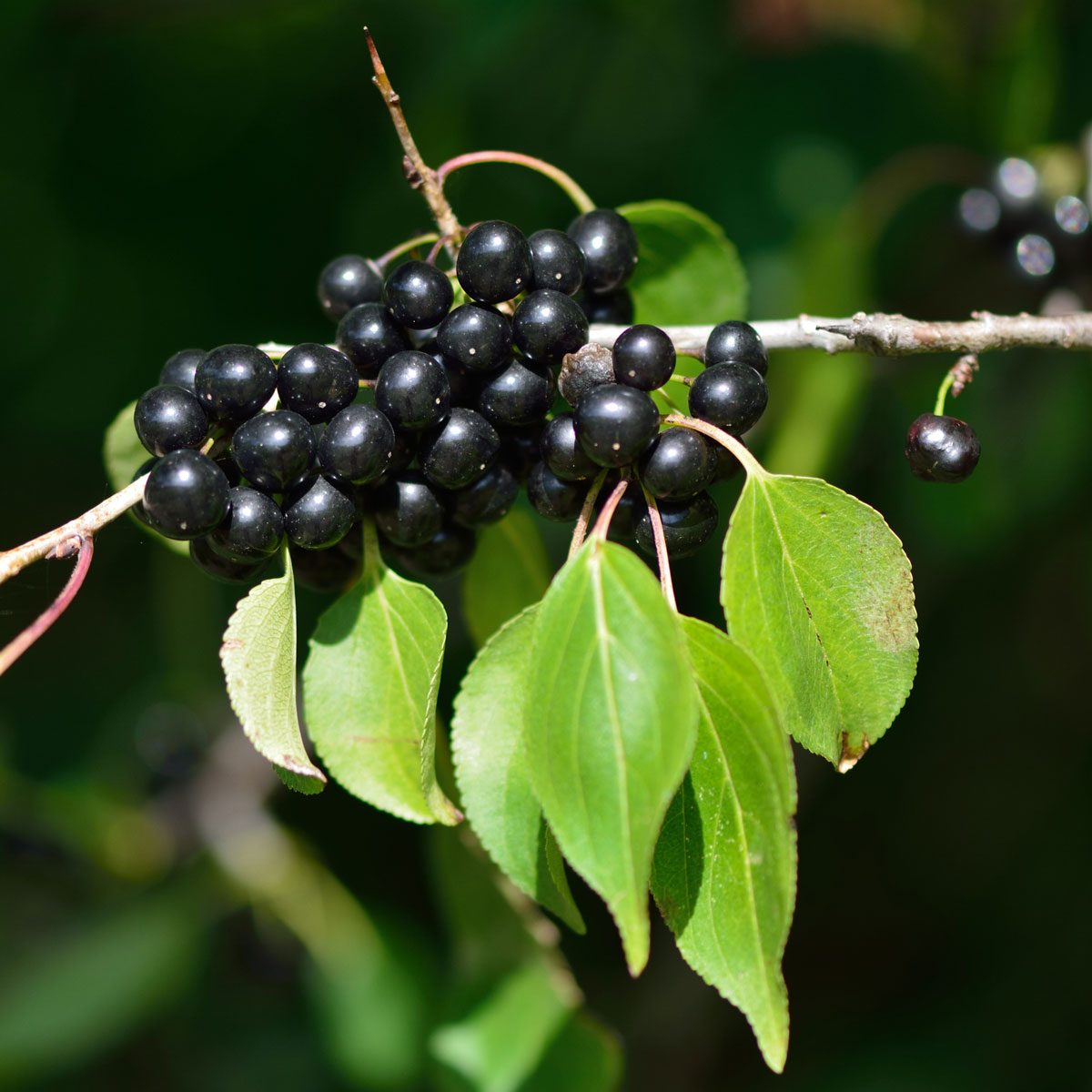
What to Know About Buckthorn The Family Handyman
Rhamnus is a genus of about 140 accepted species of shrubs or small trees, commonly known as buckthorns, in the family Rhamnaceae.
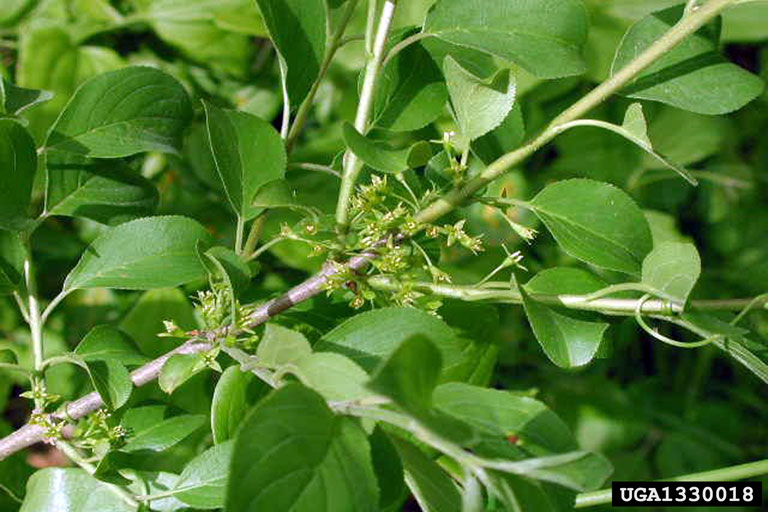
Buckthorn Ontario Invasive Plant Council
Buckthorn is a woody plant that ranges in size from a shrub to a small tree, reaching heights of 6-7 m. When soil is moist, small plants up to 1 m tall can be pulled. Larger plants can be dug out or pulled out using a weed wrench tool. Common buckthorn is listed as a noxious weed in Ontario's Weed Control Act.

common buckthorn media Encyclopedia of Life
Glossy buckthorn is a non-native tree that was introduced to Canada from Eurasia approximately 100 years ago. It can grow as tall as seven metres. Once used for landscaping, this tree has now become an invasive species. This species produces leaves early in the spring and keeps its leaves late into the fall.

Common buckthorn (Trees of White Memorial) · iNaturalist
Rhamnus cathartica, the European buckthorn, [3] common buckthorn, purging buckthorn, or just buckthorn, is a species of small tree in the flowering plant family Rhamnaceae. It is native to Europe, northwest Africa and western Asia, from the central British Isles south to Morocco, and east to Kyrgyzstan. [4]

Ripe Sea Buckthorn berries. Wingham Ontario Природа, Живопись
Buckthorn is usually the first shrub to leaf out in the spring and the last to drop its leaves late in the fall. It often grows 2 to 3 meters tall. Occasionally it reaches 6 meters, with a trunk up to 25 centimeters in diameter.
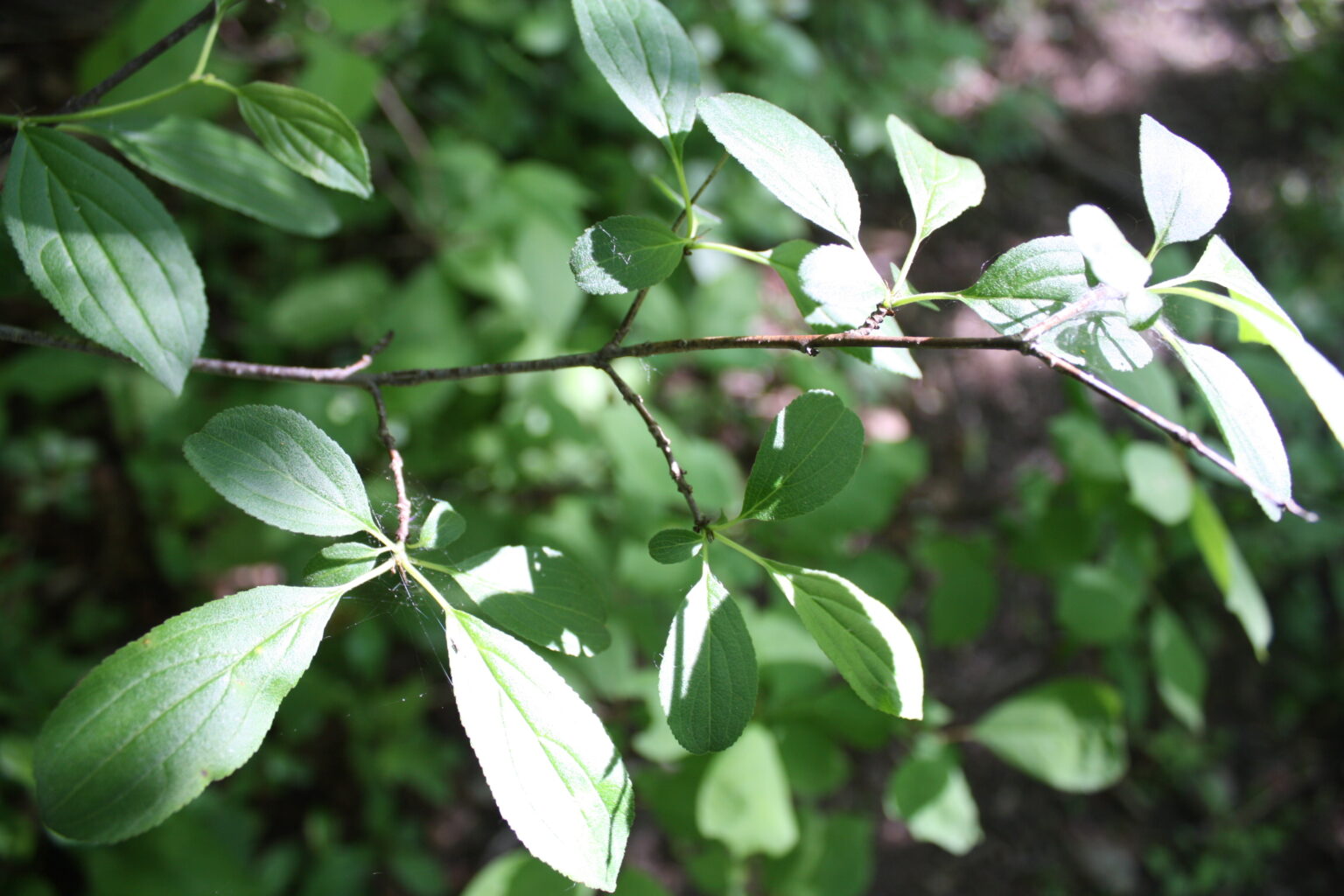
Buckthorn Ontario Invasive Plant Council
Not edible. Habitat: Wet Areas; Open wet woods. Not common or widespread (yet). Books: Trees in Canada: 278 Shrubs of Ontario: 311. Native/Non-native: Non-native. Status: Common, invasive. Notes: Glossy Buckthorn is a very invasive alien plant, originally from Europe. It can grow up to about 20 feet tall.
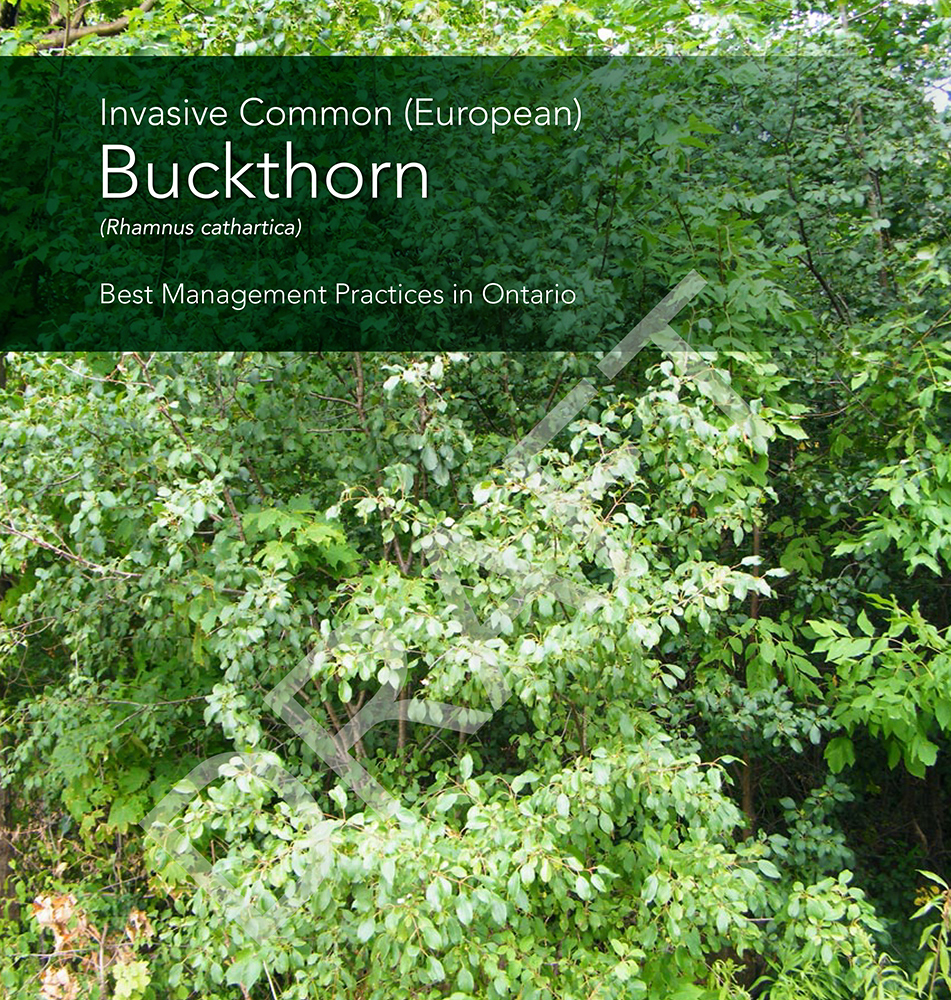
Buckthorn Ontario Invasive Plant Council
Plant History in Canada brought to North America in the late 1800's for landscape planting most abundant in southern Ontario but also occurs west to Saskatchewan and east to Prince Edward Island still available from nurseries Biology

Buckthorn creates problems for forests, wildlife and agriculture Farm
a non-native invasive species also present within Ontario, and Alderleaf Buckthorn (Rhamnus alnifolia), a species that is native and widespread in southern Ontario. For the purpose of this document, the. in size from a shrub to small tree; reaching heights of 6 - 7 m. Old and large tree specimens can have trunks up to 25 cm in diameter.